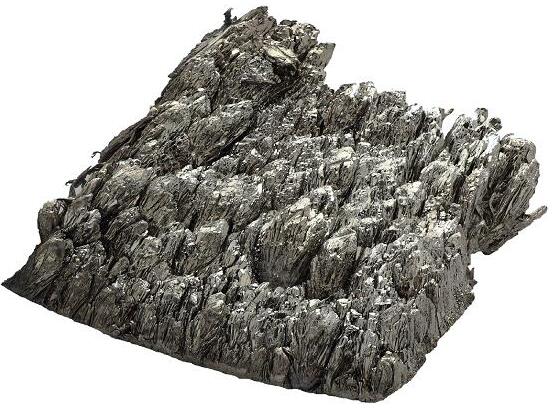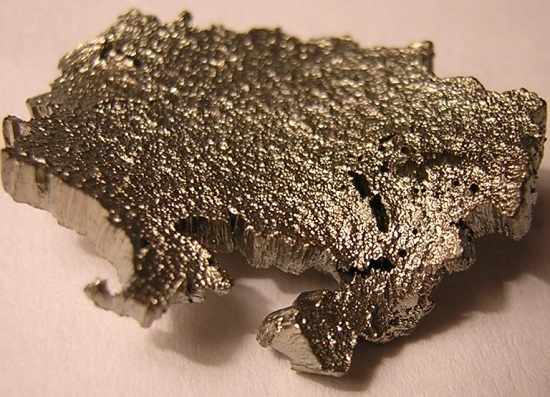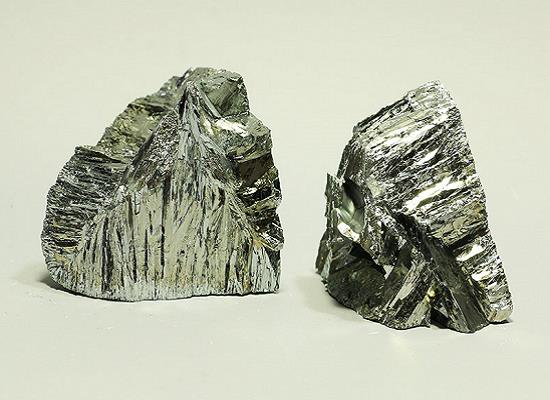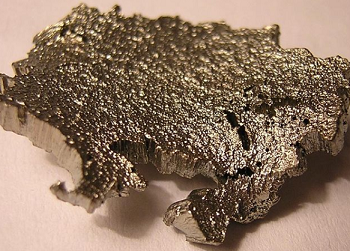Scandium: Importance, Effects on Microorganisms and Bioaccumulation
Scandium is a typical trace element of rocks. Its content in the earth's crust is about 6 · 10–3 wt%. The principal use for scandium (Sc) is in aluminum alloys for aerospace components and sporting equipment (baseball and softball bats). Other uses for scandium include analytical standards, electronics, high-intensity metal halide lamps, lasers, metallurgical research and oil-well tracers.

Importance
Scandium is the first of the transition elements and occupies an intermediate position between the typical rare-earth elements and the light metallic elements. The most significant technological potential for scandium is as an alloying element in aluminium. Indeed, extensive research has demonstrated that a minor alloying addition of scandium can result in a major increase in strength, with reports of a 50–100 MPa increment per 0.1 wt.%Sc added. This enhanced strength can be attributed to the fine spherical L12 Al3Sc dispersoids, typically with a diameter under 10 nm. Sc acts as a solid solution hardener and Al3Sc as a precipitation hardener and recrystallization inhibiter and has also been reported to act as a favourable nucleation site for strengthening phases. This increase in strength is generally accompanied by an improved or stable ductility and the strong antirecrystallization of Al3Sc enables the creation of superplastic alloys, formable at strain rates up to 10− 2 s− 1. Finally, scandium has been reported to improve various corrosion-related properties.
Effects on Microorganisms
Scandium is commonly found in environments where microorganisms thrive, such as oceans, lakes, soils, and industrial areas. Despite this ubiquitous presence, the impact of Scandium on microorganisms, including bacteria, fungi, and algae, remains poorly understood. Research has shown varying levels of toxicity of Sc towards different microorganisms, with minimum inhibitory concentrations ranging from 1.0 mM to 15.0 mM. Studies have indicated that Scandium ions exhibit lower toxicity to certain bacteria like E. coli and Staphylococcus aureus compared to ions of silver or copper. However, the toxicity of Scandium to other organisms like Aspergillus niger and Penicillium citrinum falls between that of silver and copper.
Bioaccumulation
The bioaccumulation of scandium by living microorganisms is facilitated by the presence of multiple binding sites on microbial cell structures, allowing for interaction with scandium ions or compounds. This process involves various microorganisms, including bacteria, fungi, yeasts, and algae, each demonstrating different capacities for Sc accumulation.





